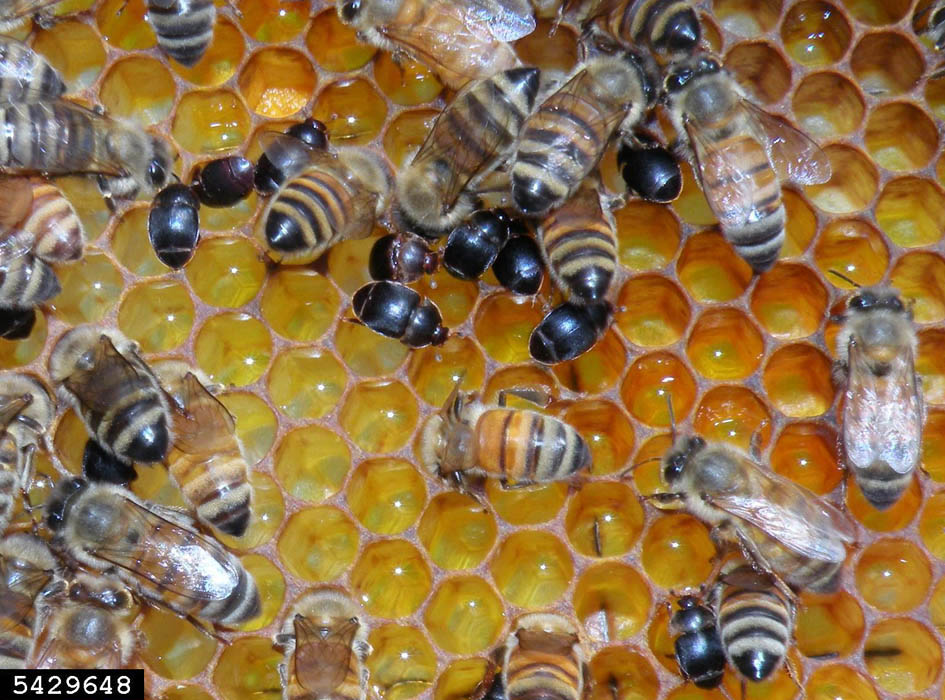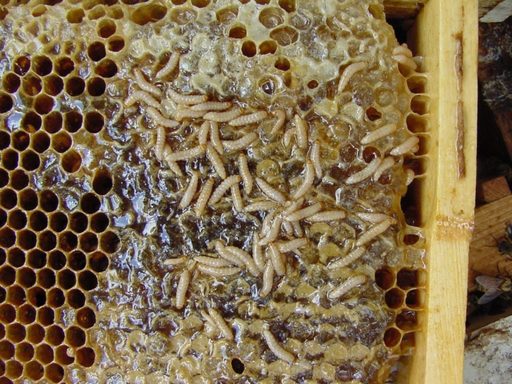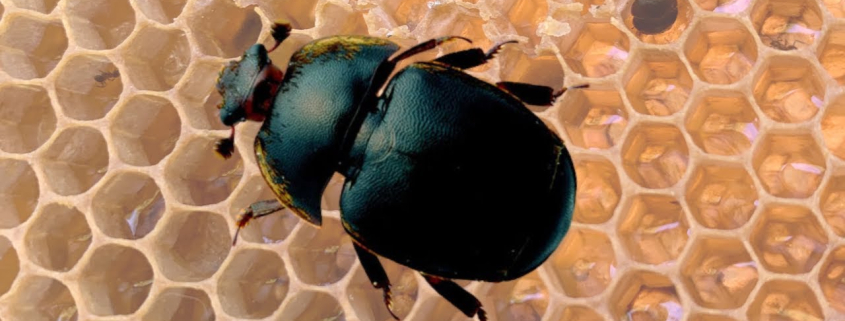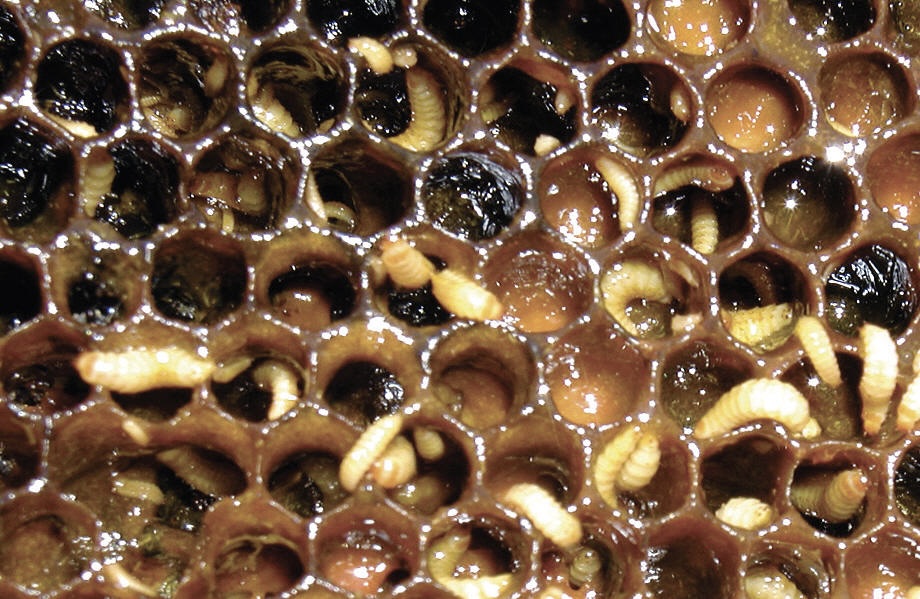Understanding the Small Hive Beetle (Aethina tumida): A Threat to Honey Bees
The small hive beetle (SHB), scientifically known as Aethina tumida, is a parasitic pest that poses a significant challenge to honey bee colonies worldwide. Native to sub-Saharan Africa, where it is typically a minor nuisance, this beetle has become a major concern in regions where it has been introduced, such as North America, Australia, and parts of Europe.
Identification and Lifecycle
SHB adults are small, measuring 5-7 mm in length and 2.5-3.5 mm in width, with a dark brown to black coloration. They feature clubbed antennae and a compact body, making them distinct from other beetles found in hives. The beetle’s lifecycle includes four stages: egg, larva, pupa, and adult. Females lay clusters of 10-30 eggs in brood cells or hive crevices, with a potential to produce up to 1,000 eggs in their lifetime. Eggs hatch into creamy-white larvae within days, depending on humidity and temperature. These larvae, about 1 cm long, are the most destructive stage, burrowing through combs and feeding on honey, pollen, and brood. After 8-29 days, they leave the hive to pupate in the soil, emerging as adults after 5-11 days.

Impact on Honey Bee Colonies
SHB thrives in active hives, feeding on bee larvae, pollen, honey, and dead bees. The larvae cause the most damage by tunneling through combs, defecating, and introducing yeast (Kodamaea ohmeri), which ferments the honey. This fermentation can lead to a “slimed out” hive, where honey runs and spoils, often forcing bees to abandon the colony. Weak or stressed hives are particularly vulnerable, though strong colonies can also be overwhelmed by heavy infestations.
Spread and Global Concern
First detected in the United States in 1996, SHB has since spread to 27 states and beyond, including Australia, Italy, and the Philippines. Its ability to fly up to 15 km and its opportunistic nature—facilitated by the movement of bees, queens, or hive equipment—have aided its rapid dispersal. In non-native regions, the beetle’s impact is amplified because local bee populations lack evolved defenses, unlike their African counterparts.

Management and Control
Controlling SHB requires a combination of strategies. Cultural practices include maintaining strong colonies, promptly removing dead hives, and keeping apiaries clean to limit beetle hiding spots. In-hive traps, such as the Freeman tray trap, have proven effective at capturing adults. Biological controls, like entomopathogenic nematodes and fungi, target larvae in the soil, while chemical options, including carbon disulfide, are used cautiously due to residue concerns. Beekeepers are encouraged to monitor hives regularly and report sightings to local authorities, as SHB is a notifiable pest in many regions.
Conclusion
The small hive beetle represents a growing threat to global apiculture, disrupting honey production and pollination services. While it remains a manageable pest with proper vigilance, its adaptability and spread highlight the need for continued research and international cooperation. Beekeepers must stay informed and proactive to protect their colonies from this invasive parasite.







Leave a Reply
Want to join the discussion?Feel free to contribute!